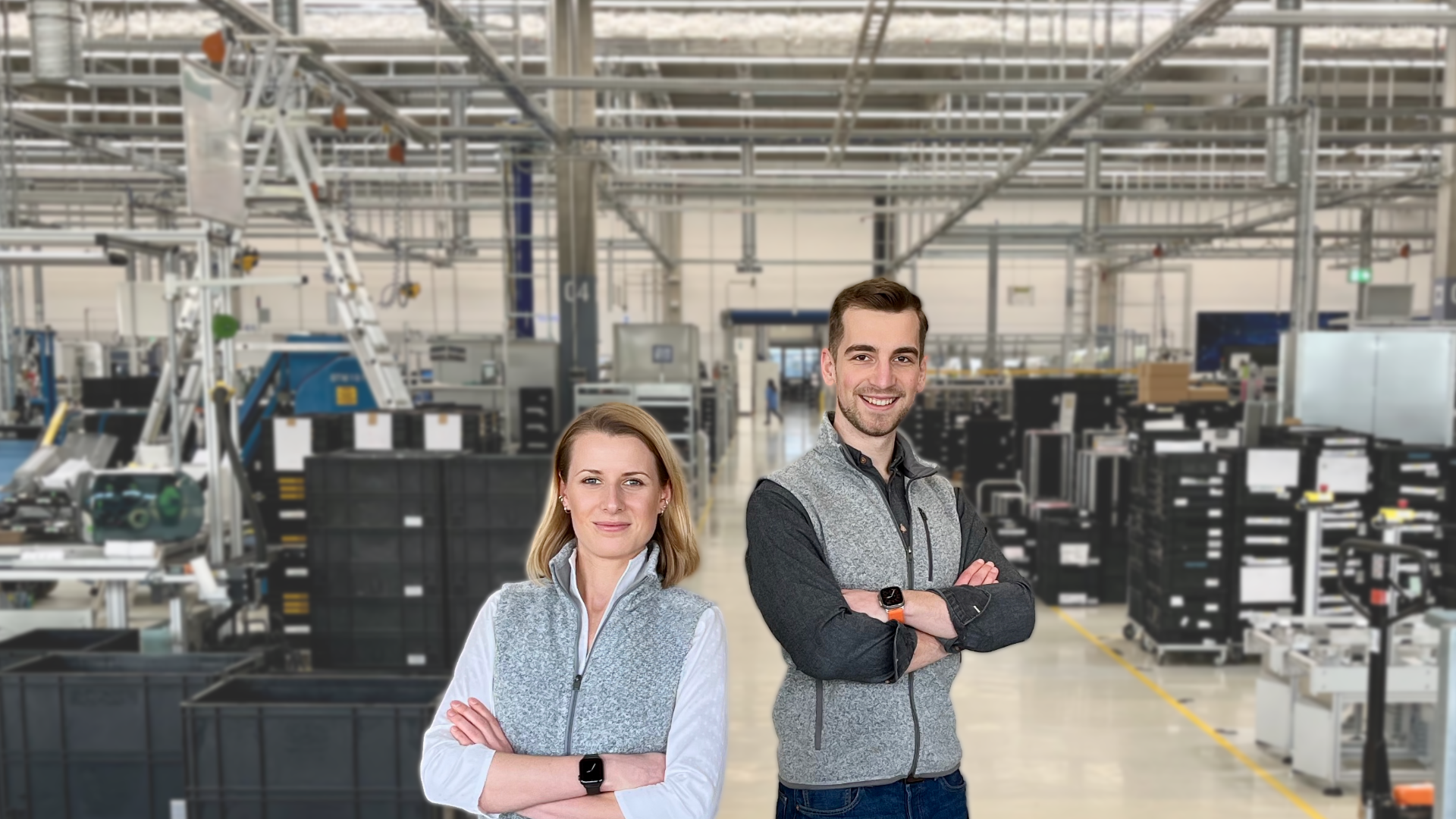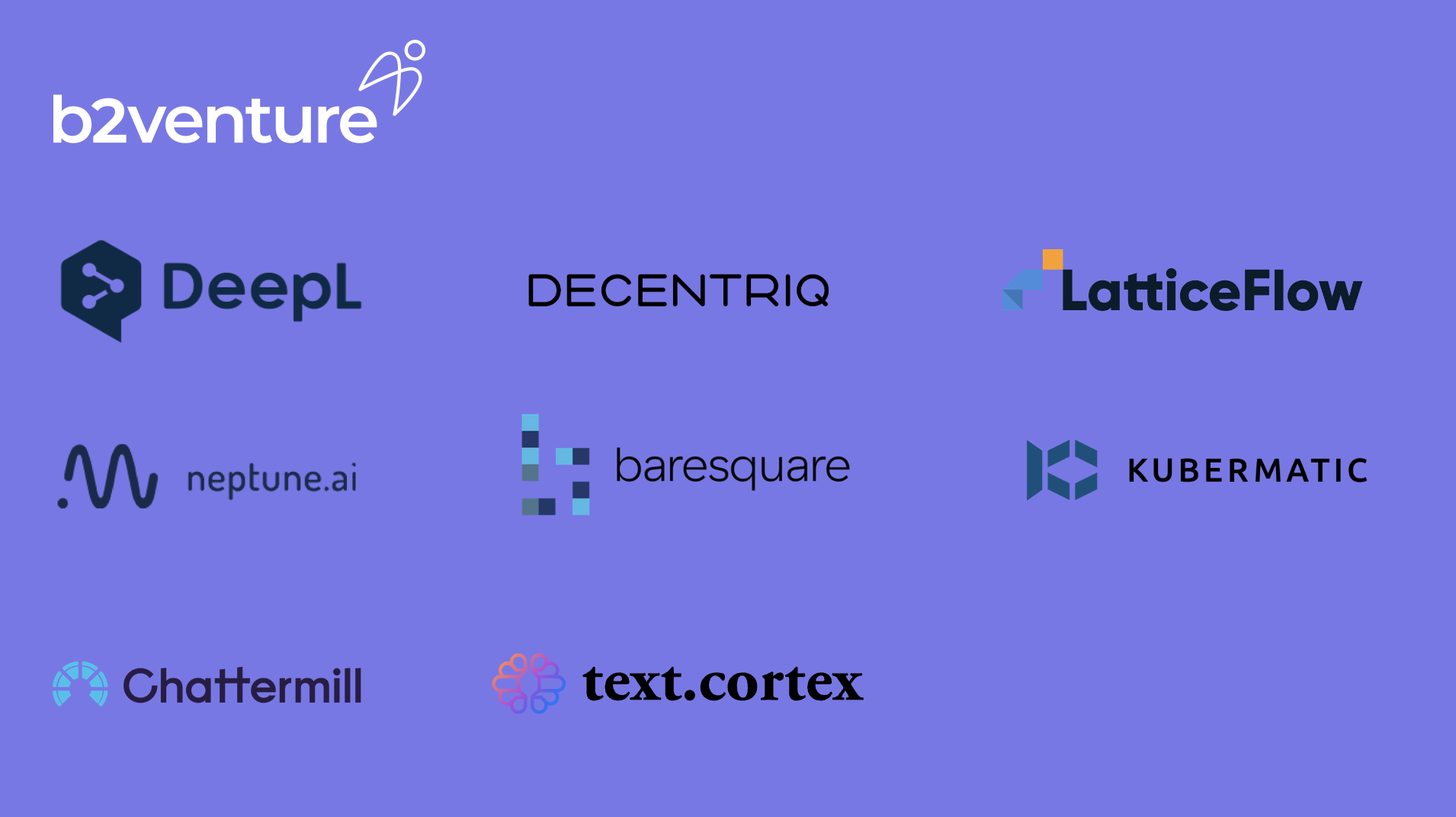Part III: From Bubble Fears to AI-First Organizations: The Macro View of AI Adoption
Part III: From Bubble Fears to AI-First Organizations: The Macro View of AI Adoption
Bubbles Don’t Kill Technologies. They Clear the Road.
Every major technological wave brings debates about hype versus reality. The AI boom is no exception. With venture funding at historic highs and valuations for AI startups soaring, comparisons to the dot-com bubble of the late 1990s are inevitable. But while the funding environment may look overheated, the underlying technological potential suggests that this time, indeed, might be different.
This is the third part of our series on the rise of AI-first organizations. Earlier articles looked at how enterprise AI moved from experimentation to real productivity gains, and how AI is evolving into a new coordination layer within companies.
Bubble Dynamics vs. Sustainable Growth
Over the past two years, AI startups have raised eye-catching funding rounds, often based on little more than concepts or prototypes. Critics see this as a replay of the dot-com bubble, when money flowed freely without proven business models.
Yet AI’s impact could exceed that of the internet itself. Its ability to reshape workflows, coordination, and organizational design points toward a re-architecture of the economy. That may justify unusually high levels of investment, even if not all current players survive.
Despite repeated warnings of a correction, investment and adoption remain strong. The real challenge for investors is not whether AI matters, but which companies are creating lasting value and which are just riding the wave.
The Transition to AI-First Companies
Beyond funding cycles, a deeper shift is underway: the emergence of AI-first organizations.
- Startups and scale-ups can integrate AI from the ground up, free from legacy systems and entrenched cultures. We are seeing incredible productivity gains from AI in these organizations. Very small teams often generate results that would have taken a several times larger company in the recent past.
- Established corporations face harder transitions, with outdated IT and cultural inertia slowing adoption. Some large tech companies, such as Klarna and Shopify, have embraced AI radically, often reducing staff size dramatically while still growing their business quickly. But this kind of transition will be tough for most existing companies.
Still, the trajectory is clear. As AI reduces coordination overhead and increases output with fewer people, organizations will become leaner and flatter. Layers of management that primarily exist to coordinate may shrink, replaced by AI systems managing workflows in real time.
The Societal Impact
The ripple effects will extend far beyond companies:
- Employment structures will shift. If AI handles coordination and middle management, demand for these roles will drop. Organizations will gain efficiency, but many jobs – particularly on the entry level – will be displaced.
- Identity and agency will be challenged. It is one thing to use AI as an assistant; it is another to take direction from it. What happens when AI becomes the manager, not just the tool?
- Governance questions will intensify. If CEOs rely on AI to run operations, how do they ensure the information is accurate and unbiased? How do leaders oversee autonomous systems moving faster than humans can track?
These are not abstract questions — they touch the core of how human work is organized.
Lessons from Past Transformations
The dot-com crash destroyed many startups, but it also cleared the path for companies that built today’s digital economy – giants such as Amazon, Google or Meta. AI may follow a similar trajectory. The frothy funding environment doesn’t diminish its long-term potential. If anything, it underlines the urgency for entrepreneurs and investors to focus on businesses that can endure beyond the hype.
A New Era of Organizational Design
What’s coming is not just more efficient companies, but fundamentally different ones. In AI-first organizations, AI systems form the operational backbone, while humans concentrate on strategy, creativity, and relationships. Delegating real agency to machines will be a major cultural shift, but companies will have to take this step if they want to compete with aggressive AI adopters.
The transition will be uneven and complex, but inevitable. Those who embrace it will define the next era of economic progress. Those who cling to old models may find themselves outpaced by leaner, AI-driven competitors.
The question is no longer whether AI will reshape business. The question is how quickly organizations and societies can adapt.
Bubbles Don’t Kill Technologies. They Clear the Road.
Every major technological wave brings debates about hype versus reality. The AI boom is no exception. With venture funding at historic highs and valuations for AI startups soaring, comparisons to the dot-com bubble of the late 1990s are inevitable. But while the funding environment may look overheated, the underlying technological potential suggests that this time, indeed, might be different.
This is the third part of our series on the rise of AI-first organizations. Earlier articles looked at how enterprise AI moved from experimentation to real productivity gains, and how AI is evolving into a new coordination layer within companies.
Bubble Dynamics vs. Sustainable Growth
Over the past two years, AI startups have raised eye-catching funding rounds, often based on little more than concepts or prototypes. Critics see this as a replay of the dot-com bubble, when money flowed freely without proven business models.
Yet AI’s impact could exceed that of the internet itself. Its ability to reshape workflows, coordination, and organizational design points toward a re-architecture of the economy. That may justify unusually high levels of investment, even if not all current players survive.
Despite repeated warnings of a correction, investment and adoption remain strong. The real challenge for investors is not whether AI matters, but which companies are creating lasting value and which are just riding the wave.
The Transition to AI-First Companies
Beyond funding cycles, a deeper shift is underway: the emergence of AI-first organizations.
- Startups and scale-ups can integrate AI from the ground up, free from legacy systems and entrenched cultures. We are seeing incredible productivity gains from AI in these organizations. Very small teams often generate results that would have taken a several times larger company in the recent past.
- Established corporations face harder transitions, with outdated IT and cultural inertia slowing adoption. Some large tech companies, such as Klarna and Shopify, have embraced AI radically, often reducing staff size dramatically while still growing their business quickly. But this kind of transition will be tough for most existing companies.
Still, the trajectory is clear. As AI reduces coordination overhead and increases output with fewer people, organizations will become leaner and flatter. Layers of management that primarily exist to coordinate may shrink, replaced by AI systems managing workflows in real time.
The Societal Impact
The ripple effects will extend far beyond companies:
- Employment structures will shift. If AI handles coordination and middle management, demand for these roles will drop. Organizations will gain efficiency, but many jobs – particularly on the entry level – will be displaced.
- Identity and agency will be challenged. It is one thing to use AI as an assistant; it is another to take direction from it. What happens when AI becomes the manager, not just the tool?
- Governance questions will intensify. If CEOs rely on AI to run operations, how do they ensure the information is accurate and unbiased? How do leaders oversee autonomous systems moving faster than humans can track?
These are not abstract questions — they touch the core of how human work is organized.
Lessons from Past Transformations
The dot-com crash destroyed many startups, but it also cleared the path for companies that built today’s digital economy – giants such as Amazon, Google or Meta. AI may follow a similar trajectory. The frothy funding environment doesn’t diminish its long-term potential. If anything, it underlines the urgency for entrepreneurs and investors to focus on businesses that can endure beyond the hype.
A New Era of Organizational Design
What’s coming is not just more efficient companies, but fundamentally different ones. In AI-first organizations, AI systems form the operational backbone, while humans concentrate on strategy, creativity, and relationships. Delegating real agency to machines will be a major cultural shift, but companies will have to take this step if they want to compete with aggressive AI adopters.
The transition will be uneven and complex, but inevitable. Those who embrace it will define the next era of economic progress. Those who cling to old models may find themselves outpaced by leaner, AI-driven competitors.
The question is no longer whether AI will reshape business. The question is how quickly organizations and societies can adapt.

The Author

Andreas Goeldi
Partner
Andreas Goeldi is Partner and has been part of the b2venture Fund Team since 2019. He is an avid technologist, serial entrepreneur, and investor with over 25 years’ experience.
Team
















.png)




.jpg)
-min.png)


.jpg)














































.jpg)





















